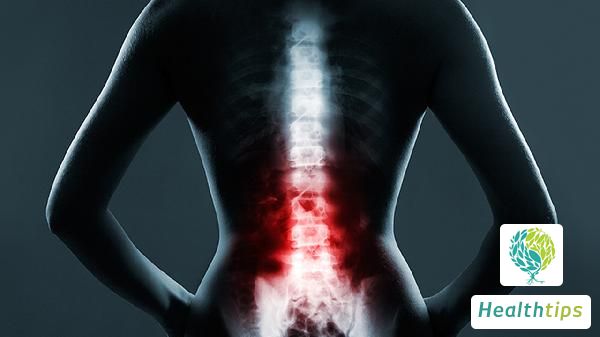What Are the Characteristics of Traditional Chinese Medicine?
Characteristics and Theory of Traditional Chinese Medicine
Traditional Chinese Medicine (TCM) boasts a long history and holds a special position in both past and present society. Many individuals, especially those suffering from chronic diseases, prefer TCM for its holistic approach and dialectical treatment. The essence of TCM lies in its holistic perspective and dialectical treatment principles. According to TCM theory, the human body is a complete and unified entity, and the treatment of diseases requires a dialectical approach.

Characteristics of TCM
The theoretical system of TCM is characterized by two fundamental aspects: holistic perspective and dialectical treatment. The holistic perspective emphasizes the unity, integrity, and interrelationship between the human body and the natural world, viewing the body as an organic whole. The various components of the body are structurally interconnected, functionally coordinated and complementary, and pathologically interdependent.
Holistic Perspective
Holism refers to the unity and integrity of the human body. TCM holds that the human body is an organic whole, with its various components structurally interconnected, functionally coordinated and complementary, and pathologically interdependent. The human body and the natural world are also unified.
Dialectical Treatment
Dialectical treatment is the fundamental principle of TCM in understanding and treating diseases. It is a special research and treatment method that involves analyzing the pathological state of the body at a specific stage of disease development. Through the collection and analysis of information, symptoms, and signs obtained through the four diagnostic methods (observation, auscultation and olfaction, inquiry, and palpation), the cause, nature, location of the disease, and the relationship between pathogenic and healthy factors are identified, leading to a comprehensive understanding and treatment plan.
Theoretical Foundation of TCM
The theoretical foundation of TCM is derived from the summation of medical experience and ancient Chinese philosophy of Yin-Yang and Five Elements. It encompasses concepts such as essence-qi theory, Yin-Yang and Five Elements theory, qi-blood and body fluids, viscera manifestation, meridians and collaterals, constitution, etiology, pathogenesis, treatment principles, and health preservation. The classic text "Huangdi Neijing" (The Yellow Emperor's Classic of Internal Medicine), dating back over two thousand years, established the foundation of TCM. To this day, the theories, diagnostic methods, and treatment techniques related to traditional Chinese medicine can all be traced back to this text.
The theoretical system of TCM has been gradually formed through long-term clinical practice under the guidance of materialism and dialectics. It originates from practice and, in turn, guides practice. By analyzing phenomena, TCM explores their underlying mechanisms. Therefore, the unique theoretical system of TCM is characterized by two fundamental aspects: holistic perspective and dialectical treatment. The basic theories of TCM summarize the laws governing human life activities and disease changes, encompassing concepts such as Yin-Yang, Five Elements, qi-blood and body fluids, viscera manifestation, meridians and collaterals, luck, etiology, pathogenesis, diagnostic methods, syndrome differentiation, treatment principles and methods, prevention, and health preservation.



















